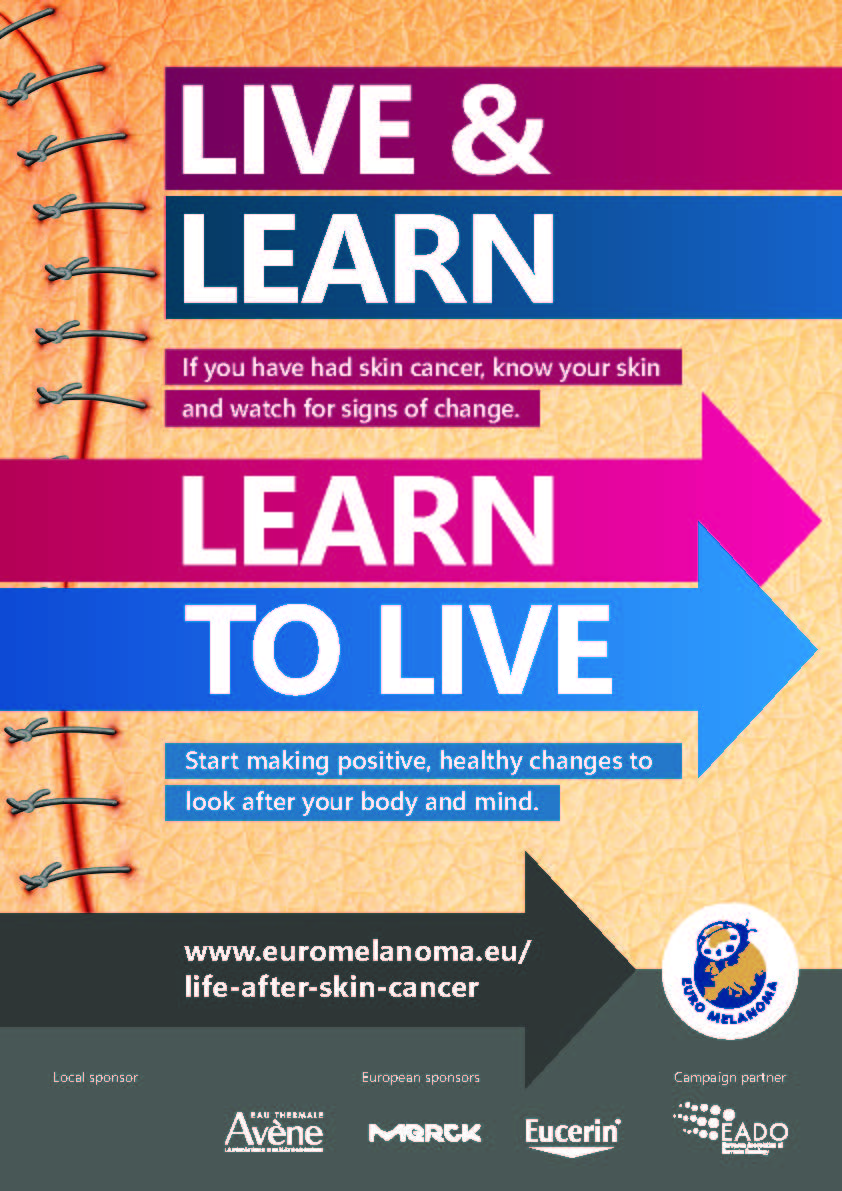
Skin Cancer Awareness Month 2024

May 31, 2024
The incidence of skin cancer continues to rise, even though the risk factors are well known. Skin Cancer Awareness Month takes place every May to remind people of the preventive and early detection measures for this type of cancer, with the aim of reversing this trend and improving outcomes.
Exposure to ultraviolet (UV) radiation: a major risk factor for skin cancer
Every year, around 1.5 million cases of skin cancer are diagnosed worldwide*. More than 85% of these cancers are attributable to excessive exposure to ultraviolet (UV) radiation*.
The harmful effects of UVB rays on the skin have long been known, but our understanding of the impact of UVA rays on skin health and the development of sunscreens offering UVA protection are more recent.
UVA rays (320 to 400 nm) are less energetic than UVB rays (280 to 320 nm), but they account for 80% of all UV radiation emitted by the sun. They are present all year round and throughout day (from 8 a.m), and can also pass through windows. The longest UVA wavelengths (340 to 400 nm)–called UVA1– are often emitted by sunbeds.
UVA wavelengths penetrate deeper into the dermis and skin structures than UVB wavelengths, accentuating skin aging and leading to the development of pigmented spots. In addition, even though UVB rays are responsible for most skin cancers, UVA rays can also promote the onset of skin cancers.
Find out more about the biological and clinical impacts of UVA rays, and in particular of UVA1, in this open access review that our medical writing team helped to draft for a client: The Damaging Effects of Long UVA (UVA1) Rays: A Major Challenge to Preserve Skin Health and Integrity.
Preventive and early detection measures for skin cancers
Skin cancer prevention
Limiting exposure to natural UV rays (sun) and artificial UV rays (sunbeds) is essential for skin health and reducing the risk of developing skin cancer.
The Euromelanoma campaign, which has been renewed every year in several languages for the past 25 years, provides a timely reminder of the key preventive measures against skin cancer:
- Avoid unnecessary exposure
- Wear protective clothing
- Apply sunscreen with a high Sun Protection Factor (SPF) against UVB and UVA rays 30 minutes before sun exposure, and reapply every 2 hours
- Protect children
Early detection of skin cancers
In parallel with these preventive measures, performing a monthly self-examination of your skin to check for the appearance of spots and lesions, and monitor any modifications, is essential because skin cancer can be curable if it is detected and treated early. The Euromelanoma website provides information on What to look for, photos of lesions, and instructions for performing a skin self-examination.
The Euromelanoma 2024 campaign
These measures also apply to people who have been diagnosed with skin cancer, who are targeted by the Euromelanoma 2024 campaign with the slogan “Live & Learn. Learn to live”. Indeed, people who have been diagnosed with skin cancer should “watch for signs of change” and “make healthy changes” to allow possible recurrences to be detected quickly or avoided. They must take care of their body and mind while remaining vigilant. Support is available to help patients achieve this balance.
The Live & Learn leaflet contains practical information on early diagnosis of skin cancer and advice to help physical and emotional recovery. A video produced as part of this campaign presents testimonies from health professionals (dermatologists and a psychologist), as well as from patients who have been diagnosed with melanoma or basal cell carcinoma.
Finally, a Skin Cancer Patient Charter has been developed, intended for health professionals.
Find out more about skin cancer and the expertise of Santé Active Edition – Synergy Pharm in this field in our May 2023 news article: Skin Cancer Awareness Month 2023
*Sources:
- International Agency for Research on Cancer, Cancer Today
- Santé Publique France, Cancers de la peau